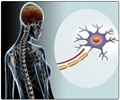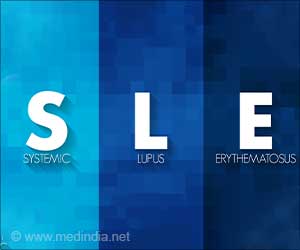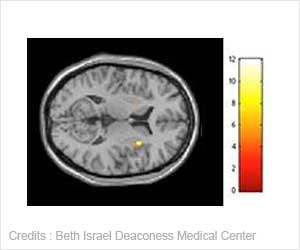New research using animal modeling doesn't deliver a definitive answer to what causes MS, but it does appear to be a smoking gun associated with MS pathology.
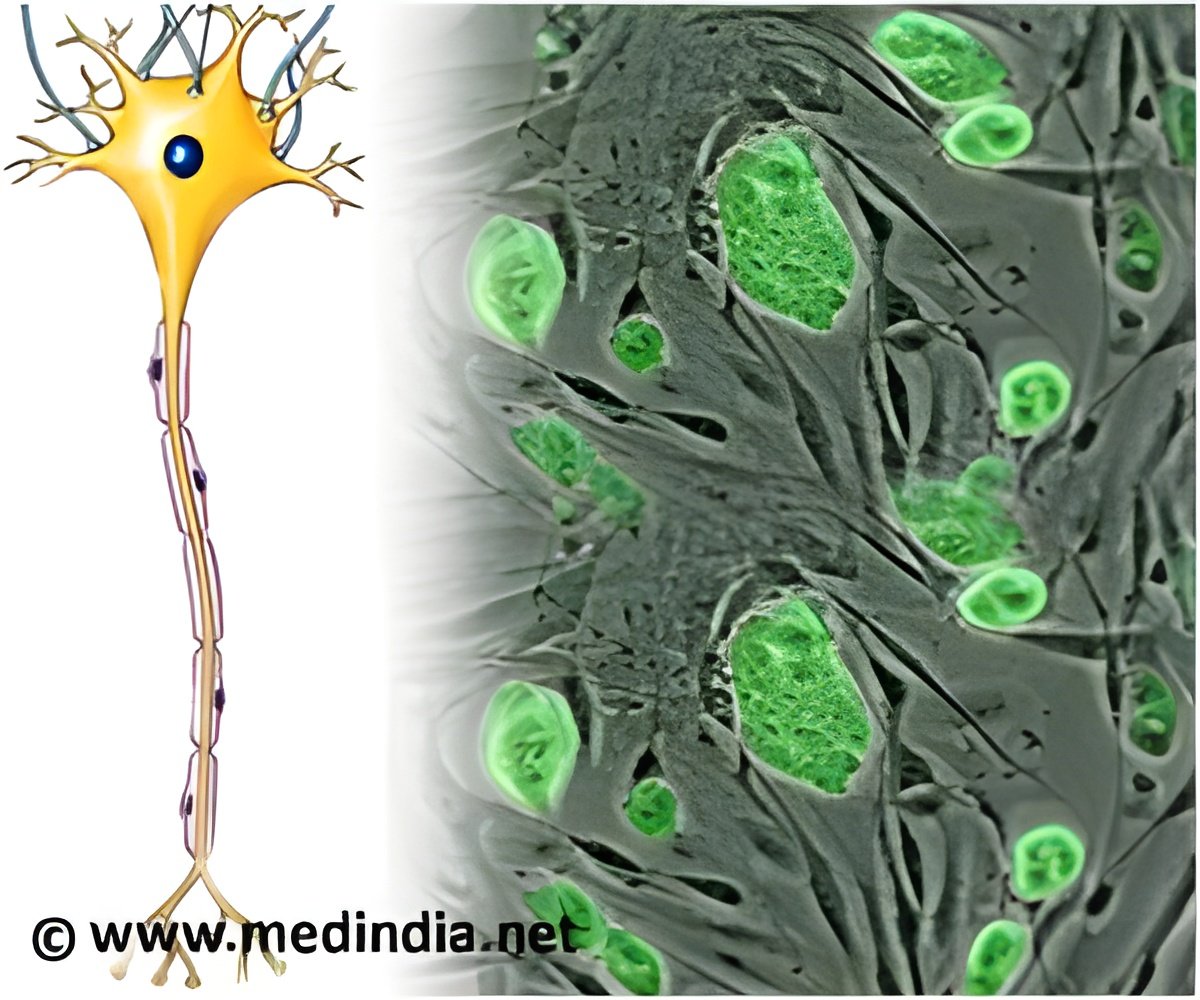
TOP INSIGHT
MS has no known cause and no cure, but the research, which was conducted using animal modeling, doesn't deliver a definitive answer to what causes MS, but it does appear to be a "smoking gun" associated with MS pathology.
"While T cells are an important part of the body's ability to ward off infection and disease, in autoimmune disorders, they can mistake healthy tissue for potential threats and respond by lashing out, causing damage. The team observed that this Th17 response resulted in the type of brain tissue inflammation associated with MS," says Gommerman.
More than that, the Th17 cells could also influence how the stromal cells organized. The resulting structure that developed was remarkably similar to normal lymphatic tissue, such as you might find in your tonsils or lymph nodes in your neck.
Gommerman says this research, which was conducted using animal modeling, doesn't deliver a definitive answer to what causes MS, but it does appear to be a "smoking gun" associated with MS pathology. With further research, it may point to potential treatment options, such as targeted Th17 blockers.
Source-Eurekalert
 MEDINDIA
MEDINDIA
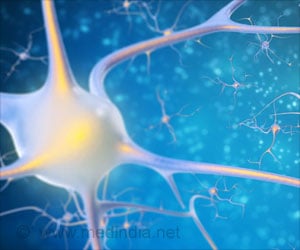
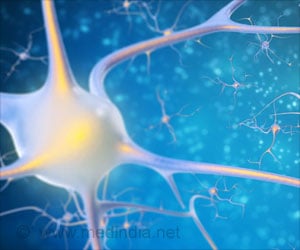
 Email
Email


